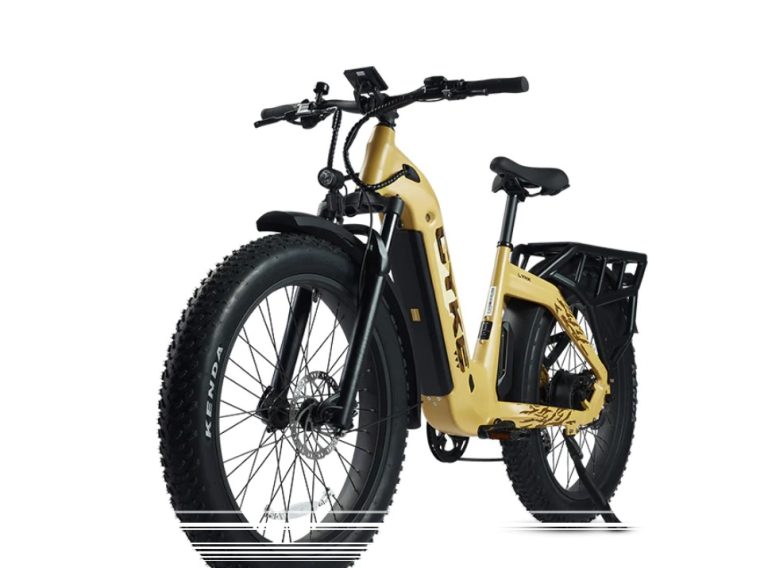Choosing a Leather Blacksmith Apron for Maximum Protection & Flexibility
The leather blacksmith apron has a rich history dating back centuries, evolving alongside the craft of metalworking itself. From rudimentary designs to intricate, purpose-driven models, the evolution of these aprons reflects advancements in both materials and craftsmanship. Early blacksmiths fashioned aprons from simple leather hides, providing basic protection from sparks and debris. However, modern iterations boast sophisticated designs tailored for maximum protection and flexibility in the demanding environment of the forge. Throughout history, the function of the blacksmith apron has remained consistent: to shield the wearer from heat, sparks, and sharp objects while allowing for ease of movement. Traditional aprons were often heavy and cumbersome, limiting mobility and comfort. However, advancements in leatherworking techniques and the availability of high-quality materials have revolutionized the design of these essential garments.
Key Features to Look for in a Blacksmith Leather Apron
When choosing a leather blacksmith apron, several key features should be considered to ensure maximum protection and flexibility. Firstly, the quality of the leather is paramount. Opt for thick, durable hides that can withstand the rigors of the forge environment. Additionally, look for aprons with reinforced stitching and double-layered panels in high-wear areas to enhance longevity. Moreover, adjustable straps and buckles allow for a customizable fit, ensuring comfort during long hours of use. Pockets and tool loops are also valuable additions, providing convenient storage for essential equipment such as tongs, hammers, and chisels. Furthermore, consider aprons with additional features such as heat-resistant coatings or built-in padding for enhanced protection.
Types of Leather Used in Blacksmith Aprons
Various types of leather are utilized in the construction of blacksmith aprons, each offering distinct characteristics in terms of durability, flexibility, and appearance. Full-grain leather, prized for its natural markings and rugged texture, is a popular choice among blacksmiths due to its exceptional strength and resilience. This type of leather ages beautifully, developing a unique patina over time. Split-grain leather, derived from the underside of the hide, is another common option. While less durable than full-grain leather, split-grain offers greater flexibility, making it suitable for aprons that require extensive movement. Additionally, synthetic materials such as Kevlar or ballistic nylon are sometimes incorporated into leather apron designs to enhance heat resistance and overall durability.
Design Considerations for Optimal Protection
In designing a leather blacksmith apron, several factors must be taken into account to ensure optimal protection without compromising flexibility. The length of the apron plays a crucial role in shielding the wearer’s body from heat and sparks. A longer apron provides greater coverage, protecting not only the torso but also the legs from potential injuries. Furthermore, the arrangement of pockets and tool loops should be strategically planned to allow easy access to essential equipment without impeding movement. Reinforced panels in critical areas such as the chest and thighs offer an additional layer of protection against sharp objects and flying debris. Additionally, consider the inclusion of adjustable straps and fastenings to accommodate different body types and preferences.
Maintenance & Care Tips for Leather Aprons
Proper maintenance and care are essential to prolonging the lifespan of a leather blacksmith apron and preserving its functionality. Regular cleaning is necessary to remove dirt, grease, and other contaminants that can compromise the integrity of the leather. Use a mild soap or leather cleaner and a soft brush to gently scrub the surface, avoiding harsh chemicals that may cause damage. After cleaning, allow the apron to air dry thoroughly before storing it in a cool, dry place away from direct sunlight. Conditioning the leather periodically with a high-quality leather conditioner helps to keep it supple and prevents drying or cracking. Additionally, inspect the apron regularly for any signs of wear or damage, and repair or replace any worn components as needed to maintain optimal protection.
Customization Options for Personalized Aprons
Many blacksmiths prefer to personalize their aprons with custom designs, logos, or embellishments that reflect their unique style and identity. Customization options range from simple monograms or initials to intricate tooling and embroidery techniques. Some artisans offer bespoke apron services, allowing customers to collaborate on the design and select materials and features tailored to their specific needs. Personalized aprons not only enhance the aesthetic appeal but also foster a sense of pride and ownership among blacksmiths. Additionally, custom branding can serve as a marketing tool, helping artisans promote their craft and attract potential clients. Whether for professional use or personal enjoyment, a custom leather apron adds a touch of individuality to the forge environment.
Discover Your Perfect Leather Apron
Ready to elevate your blacksmithing experience with a high-quality leather apron? Look no further than Lapron! Our extensive range of leather aprons combines premium materials, expert craftsmanship, and innovative design to provide maximum protection and flexibility in the forge. Whether you’re a seasoned professional or a passionate hobbyist, we have the perfect apron to suit your needs. Visit our website today to explore our collection and find your ideal armor for the forge.
The Importance of Proper Fit and Comfort
A well-fitting apron is essential for comfort and mobility in the forge, allowing blacksmiths to focus on their work without distractions or discomfort. When selecting a leather apron, consider factors such as size, length, and adjustability to ensure a proper fit. Adjustable straps and buckles allow for customization to accommodate different body types and preferences. Moreover, lightweight and breathable materials enhance comfort during extended periods of wear, preventing overheating and perspiration. Ergonomic design elements such as contoured panels and articulated seams further optimize flexibility and range of motion. Prioritize comfort and fit when choosing a leather apron to maximize productivity and enjoyment in the forge.
Incorporating Technology for Enhanced Safety
Advancements in technology have led to the development of innovative safety features that can be incorporated into leather blacksmith aprons to enhance protection and functionality. For example, heat-resistant coatings or reflective materials can improve visibility and reduce the risk of burns or accidents in the forge environment. Additionally, integrated cooling systems or moisture-wicking fabrics help regulate body temperature and minimize discomfort during hot and humid conditions. Some aprons may also feature built-in communication devices or pockets for mobile phones or radios, allowing for instant communication in case of emergencies. By leveraging technology, blacksmiths can maximize safety and efficiency without sacrificing traditional craftsmanship.
Sustainability and Ethical Sourcing in Leather Apron Production
In recent years, there has been a growing emphasis on sustainability and ethical sourcing in the production of leather goods, including blacksmith aprons. Many artisans and manufacturers are implementing eco-friendly practices such as using vegetable-tanned leather or repurposing scrap materials to minimize waste and reduce environmental impact. Furthermore, ethical sourcing initiatives aim to ensure that the leather used in apron production is obtained from responsible and transparent supply chains, with proper consideration for animal welfare and labor rights. By choosing aprons made from sustainably sourced materials, blacksmiths can align their craft with principles of environmental stewardship and social responsibility.
The Future of Leather Blacksmith Aprons
As technology continues to advance and consumer preferences evolve, the future of leather blacksmith aprons holds exciting possibilities. Innovations in materials science, such as the development of lightweight yet durable synthetic fabrics, may revolutionize apron design and performance. Moreover, advancements in manufacturing techniques, such as 3D printing or laser cutting, offer new opportunities for customization and personalization. Integrated smart features, such as sensors or connectivity capabilities, could further enhance safety and functionality in the forge environment. By embracing innovation while honoring tradition, the leather blacksmith apron is poised to remain an indispensable tool for artisans and craftsmen for generations to come.
Stay in touch to get more updates & news on Discover Headline!







